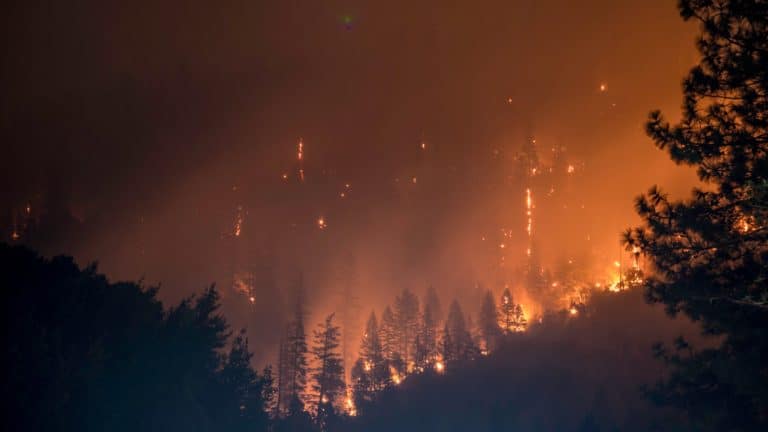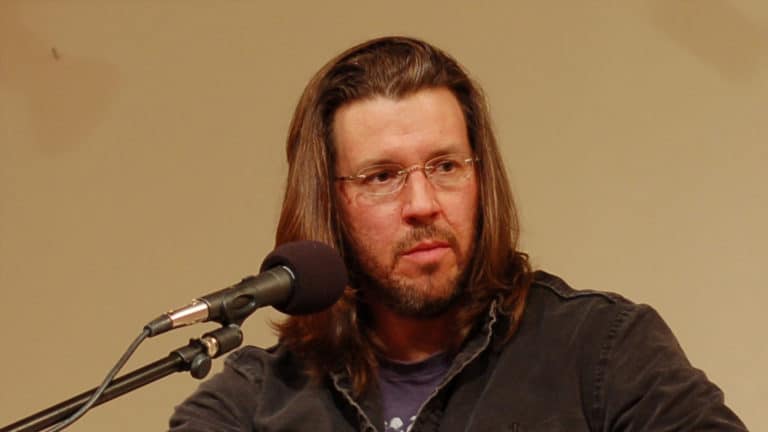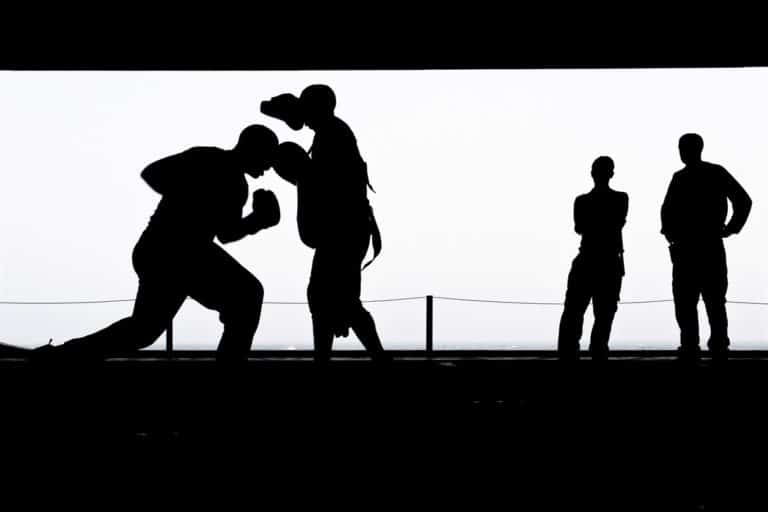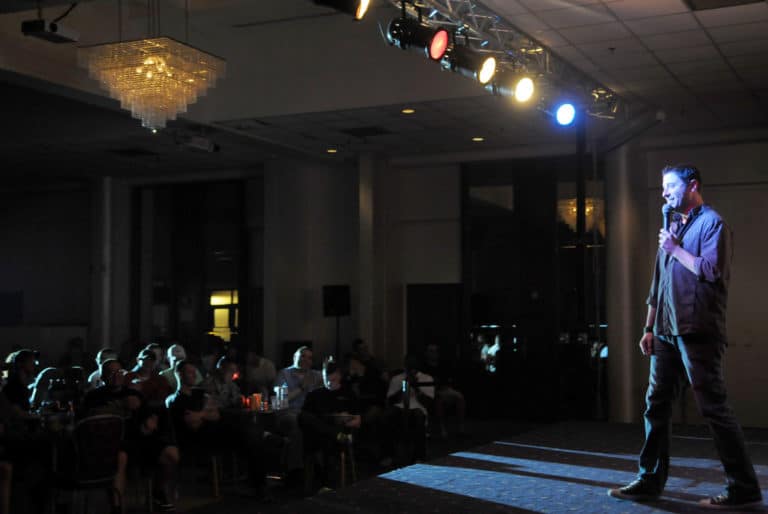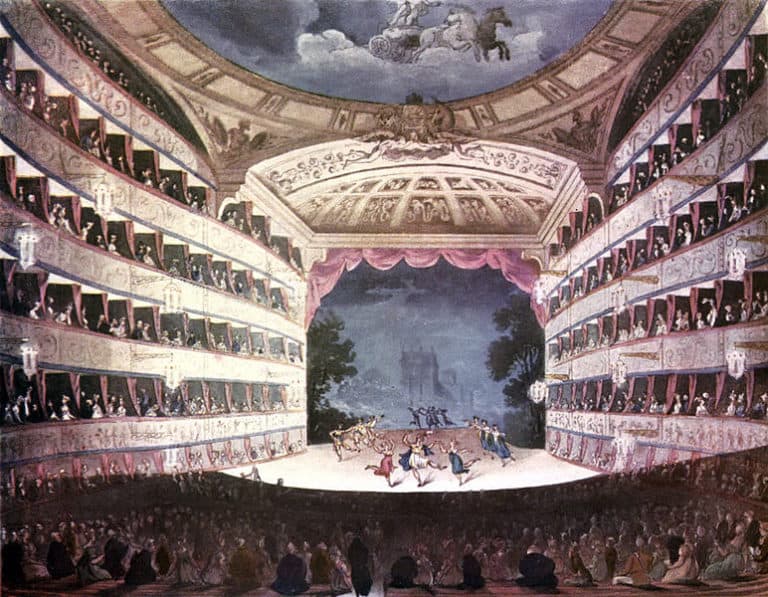I’m proud to admit that I was and am an obsessive fan of Breaking Bad. When Walt, Jesse and all their friends left us on that Sunday night three years ago, I was left bereft for a while. Sundays just weren’t the same without those guys.
And it wasn’t only because of the brilliant acting, the beautiful way it was shot, the way everything came together in the end. It was because of the incredibly tight, rather novelistic construction. A construction that was skillfully revealed from the very first thirty minutes of the show onward. And a beginning that grabbed most viewers by the throat and wouldn’t let go.
Here’s a brief précis of the first scene: A middle-aged guy wearing a gas mask drives an RV through the desert. There is a younger man slumped in the seat next to him, unconscious, wearing a gas mask. The RV turns over and he gets out unharmed. He is wearing only tighty-whities that make him look ridiculous and pathetic. He grabs a shirt hanging from the window of the RV and sticks a gun into the back of his underwear. Sirens are heard and he stands in the middle of the road, takes the gun out of his underwear and points it, ready to kill whoever is coming over the crest of the hill. Cut to opening titles.
I’d urge you to watch or rewatch this first episode with a writer’s eye. During it we are introduced to the show’s primary conflicts, Walt’s primary desire—which will drive every single action he takes for the rest of the series—and all the primary antagonists and allies of the series. You’re also introduced to the major theme—Walt’s insane pride, arrogance, and greed (which goeth before a very big fall)—and his pleasure in his growing recklessness.
How can I use these tools in my own work? you might ask. The main thing one can do is simply be aware of when they are deployed and become aware of when you are not using or avoiding them. A few points (though hardly all you need) to keep in mind as you write.
1) Keep what writer Jim Shepard calls “the rate of revelation” brisk, even in a meditative story. What is going to pull the reader along is desire and conflict and it has to be present right away.
2) Suspense is not created by withholding information. It’s created by offering a situation with sufficient interest that the reader will then want to know the meaning of the information they have been given. Why is this man standing there in his underwear with a gun? One wants to know immediately after the first scene
3) Conflict also must be apparent right away—or soon anyway. Quite often student stories will start with a character thinking things over or considering a past or present conflict without engaging with it. We know what Walt wants and who he is in conflict with within the first twenty minutes or so of the show. The rest is a tapestry of how that desire plays out, affects others, affects him.
Even if your characters aren’t in their underwear in the middle of a desert road with a weapon pointed at the cops, you can make your stories compelling if you keep these things in mind as you write and revise.



